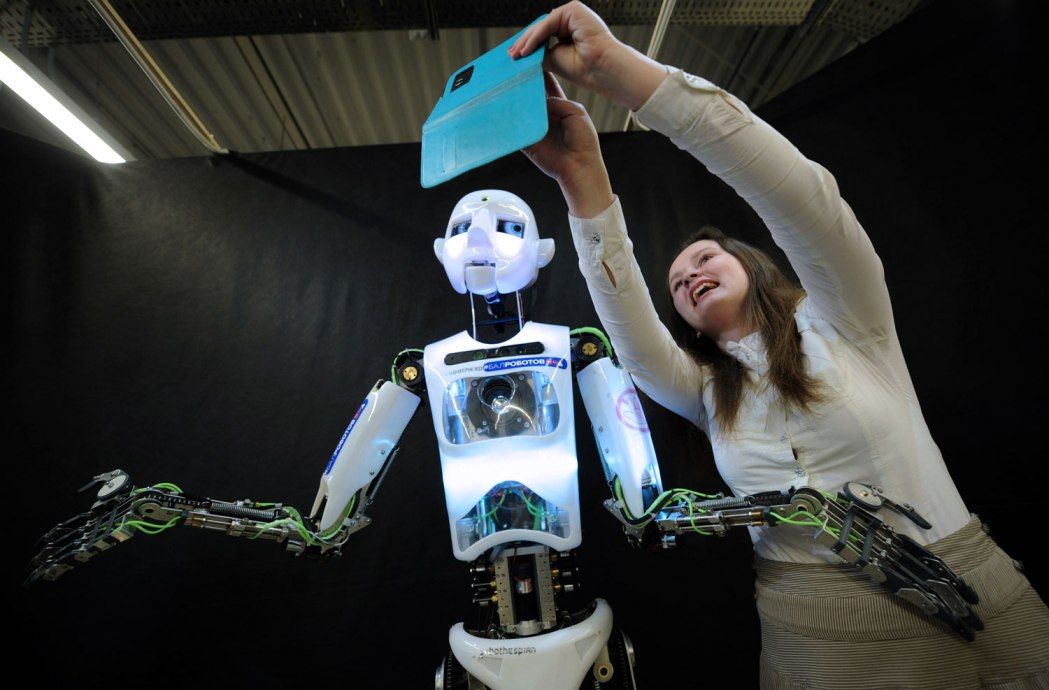Mar 26, 2015
Smart Cities Built on Emerging Tech is India’s Latest Initiative
Posted by Seb in category: futurism
By Anitha Vadavatha and Anish Mohammed — SingularityHub
The world is urbanizing—and fast. Why are cities so popular?
They’re where the opportunities are. In 2014, the world’s 300 largest cities accounted for 20 percent of the world’s population and nearly half of global output. It is estimated that growing cities could bring nearly $30 trillion a year into the global economy by 2025.
As we rapidly urbanize—and 70 percent of urban growth takes place in emerging economies—understanding cities becomes critical. How can we, for example, improve livability and resource management? Manage disease and sanitation?
 Researchers at the MIT Media Laboratory are developing a system that enables young children to program interactive robots by affixing stickers to laminated sheets of paper.
Researchers at the MIT Media Laboratory are developing a system that enables young children to program interactive robots by affixing stickers to laminated sheets of paper. If Hollywood’s depiction of artificial intelligence were accurate, we would be falling in love with operating systems, sharing our homes with Stepford wives, and fending off cyborg attacks by now. While movies like
If Hollywood’s depiction of artificial intelligence were accurate, we would be falling in love with operating systems, sharing our homes with Stepford wives, and fending off cyborg attacks by now. While movies like 

 I’m sitting in a desk chair in an office in Mountain View, California. But with a virtual-reality headset strapped to my head and headphones over my ears, it looks and sounds like I’m standing in the belly of a blimp, flying high above silent city blocks dotted with billboards for a Despicable Me theme-park ride.
I’m sitting in a desk chair in an office in Mountain View, California. But with a virtual-reality headset strapped to my head and headphones over my ears, it looks and sounds like I’m standing in the belly of a blimp, flying high above silent city blocks dotted with billboards for a Despicable Me theme-park ride.









